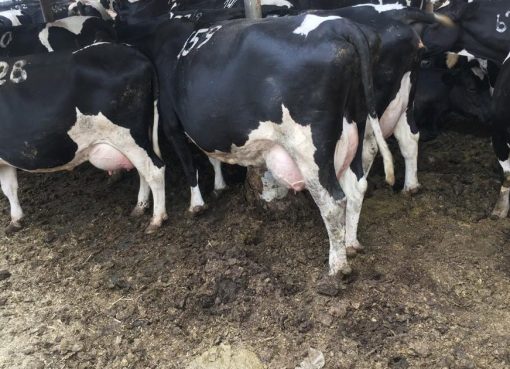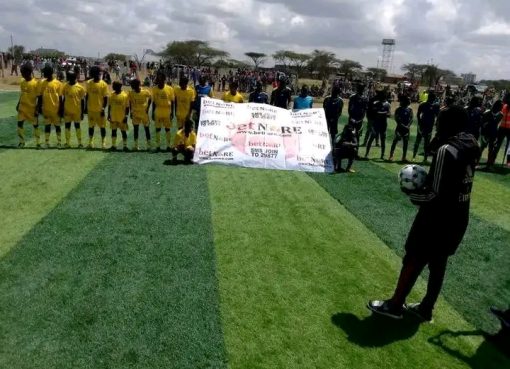Kenya will not import maize despite the current gap in the national food reserves and despite reports that about 2.6 million of its citizens need relief food.
The Devolution Cabinet Secretary (CS), Eugene Wamalwa observed that despite many Kenyans facing food insecurity occasioned by acute drought following the failed long rains, the government will rely on mobilized internal food resources.
Wamalwa said the traditional food basket of the North Rift and western Kenya will be harvesting their produce in the next few months, hence there is no need to import maize either from Mexico or anywhere else in the world.
“We will not import any maize this year from Mexico or any other country. We will instead mobilize internal resources. Even if we were to import, the imported maize will be docked around the same time when our farmers in the bread-basket areas will have harvested,” he said.
The CS emphasized that there is therefore no need to import and that all what is required is proper coordination to ensure that food from the bread basket regions reach the needy areas in time.
Wamalwa made the remarks on Monday, when he inaugurated the newly reconstituted board of the National Drought Management Authority (NDMA) at the institution’s boardroom in Lonrho House, Nairobi.
He said parliament has passed the NDMA Amendment Bill, which will operationalize the National Drought Emergency Fund (NDEF).
“The President will soon assent to the NDMA Bill. Once this is done, the NDEF, which has a capitation of Sh.2 billion will help finance resilience building projects across the drought-affected counties and these regions have been strategically mapped out,” he said.
The CS added that Cabinet had developed an action plan and set aside sufficient funds to purchase food, adding that relief food distribution will be scaled up in the affected regions.
“This week, the Government plans to roll out the second round of relief interventions across affected counties,” he stated.
Wamalwa observed that the government has revamped and modernized the national drought early warning system by incorporating remote sensing and mobile phone data collection, thereby making statistics more accurate and reliable.
Meanwhile, an assessment of performance of the March to May 2019 long rains season and its impact on food security, shows that the drought and food security situation has worsened across most parts of the country.
The long rains season was characterized by below-average, delayed start and poor performance, especially in pastoral and marginal agricultural areas, except the south eastern marginal agricultural areas.
The assessment, coordinated by the National Drought Management Authority, UN agencies and NGOs under the umbrella Kenya Food Security Steering Group, indicates that the number of people in need of relief assistance has doubled from 1.1 million in February 2019 to 2.6 million in August 2019.
The counties with the highest number of food-insecure people are Turkana, Mandera, Garissa, Wajir, Marsabit, Baringo, Tana River, Kitui, Makueni and Kilifi.
The situation is expected to deteriorate further and could reach crisis level by September 2019, unless adequate mitigation measures are put in place by relevant sectors at both levels of government and other actors.
According to the assessment, the sectors most affected by the drought include food, livestock, water, health and nutrition, education, peace and security. The situation has been further compounded by the poor performance of the previous October to December 2018 season, which has seen a steady increase in the number of acutely food-insecure households.
The NDMA Chairperson, Raphael Nzomo observed that there was need to adequately finance drought risk management activities as drought becomes more frequent and extremely severe.
“Droughts are slowly becoming the new norm as climate change hits hard. It is time we went back to the basics and ensured that we plant enough food and have surplus hay,” Nzomo observed.
The debate on importation of maize has for the last two months seen different stakeholders’ squabble, with politics taking center stage, while farmers are reportedly holding enough stocks that would last until harvesting season, expected around end of September and month of October.
Last month, the government spokesperson, Col.(Rtd) Cyrus Oguna speaking in Baringo County had said that the government is yet to decide on the importation of maize, saying that its first agenda was to ensure Kenyans have enough food in their stores.
By Wangari Ndirangu




